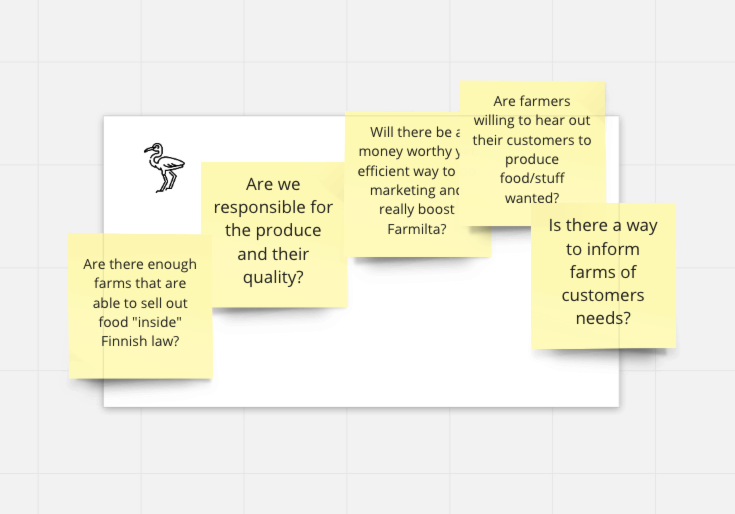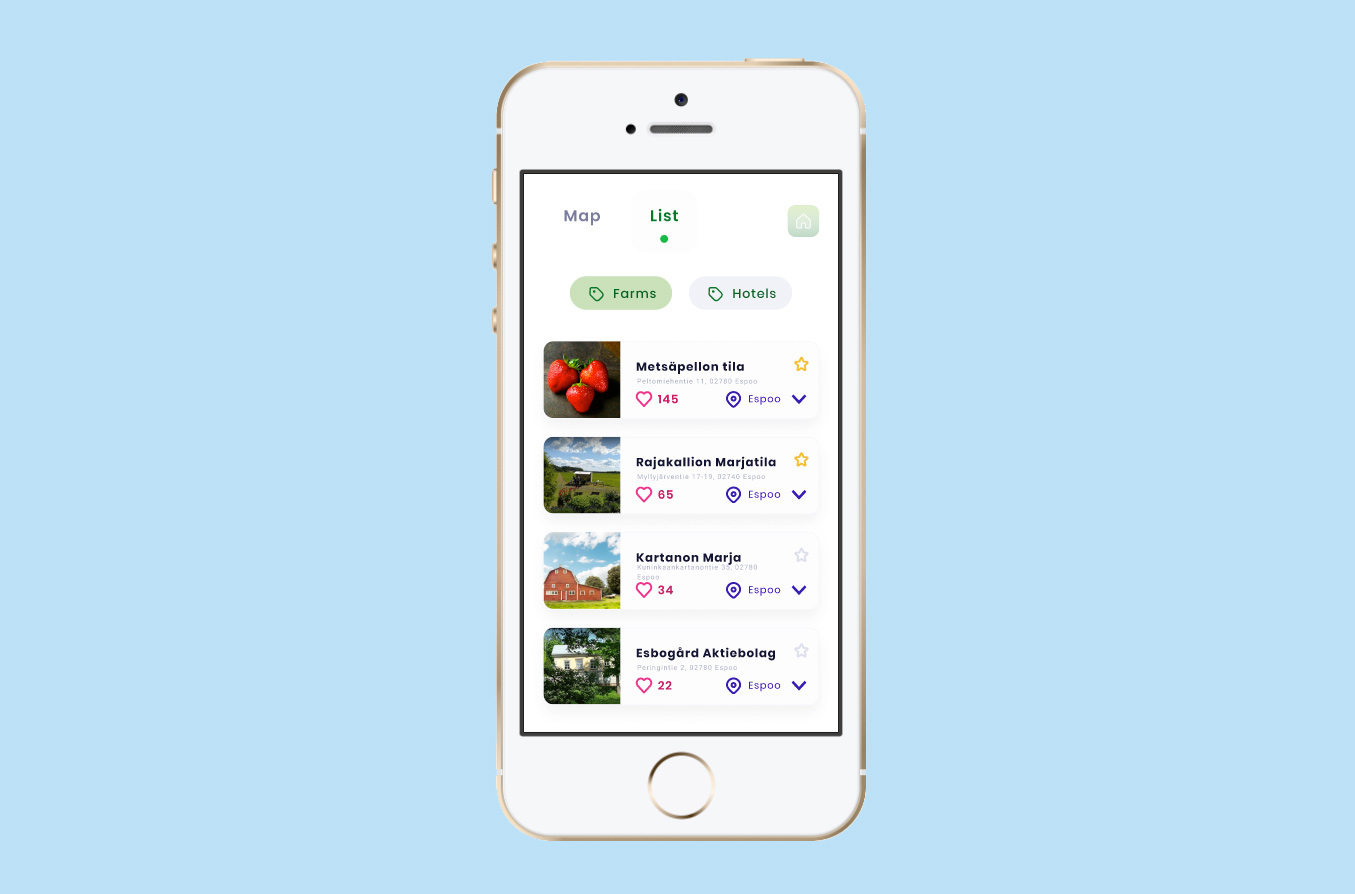Client: The new startup. The stakeholder was planning to launch a new product for finding the local services and events. The process: we conducted a four days design sprint based on the design thinking and design sprint methodology. The solution: after we spent four days evaluating the problem and defining the answers, we come up with the clickable prototype that we tested with five testers. We have validated the concept, tested the first version of the prototype, and collected the insights used in the iteration design sprint to make the final prototype.
Design thinking and design sprint
We have running Design Sprints previously and did likewise practice with the customer. One of the principle contrasts is that we restricted the number of days to four, so it was the two days for the inventive cycle and two days for the prototyping and testing. Utilizing Design Thinking procedures, we separated the issue into its most fundamental qualities: clearness, effect, aim, and activity. In light of the key highlights, we felt free to clarify the client's excursion and needs. At last, we drilled down the objectives and wanted results.
The client was concerned about creating the brand, look, and feel, validating the conception and UX of the product.
The process:
Explore to validate the requirements and validate that it is possible to build the solution based on them. Make multiple hypotheses. Define in-depth and do heuristic research to discover the user journey. During the process,, we created clickable prototypes and tested them with the target group.
We conducted a four days Remote Design Sprint based on the design thinking and design sprint methodology.

Our design process is based on the principles of Design Thinking. While Design Thinking is a framework for problem-solving and building solutions, Design sprints are a specific process of solving the answer. A practical solution to a problem demands, among other things, a willingness to change and think differently. Design thinking creates the right conditions for this. For instance, as we were mapping out the solution and to make our process more efficient, we went for small, frequent iterations. One of them focused the problem on smaller subsets to see if there is a problem with specific subgroups. After identifying the problem, we determined how we could solve it.


The solution
After we spent two days evaluating the product patterns and touchpoints and done heuristic research, we came up with the essential screens for the product.

The work in progress state
We laid the system and made significant decisions simultaneously instead of beginning a plan without any preparation. Accordingly, we had an interactive model that we have tried with five testers utilizing the loopback platform.
Key learnings: Stakeholders can change the conception of the product cardinally during the Design Sprint process, which serves as a working feedback mechanism.
Conclusion
Fully optimized the process has the potential to contribute significantly to the overall product conception and decision-making. Our four days of Design Sprint gave us a new perspective in working with designers and stakeholders and let us do more. Hence, I would like to encourage all designers, whether freelancers or full-time employees, to use Design Sprints so that together we can come up with simple yet beautiful ideas for our clients.
